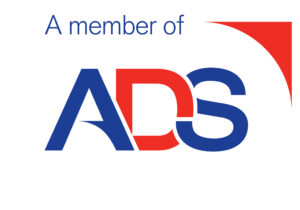Senior Trump administration officials are reported to have proposed a significant escalation in military forces in Afghanistan, “effectively putting the United States on a war footing” with the Taliban and ISIS insurgents in the country.
Uplift
While President Trump has yet to approve the plan, which involves a broad expansion of the US military presence and role in order to force the Taliban and its allies to the negotiation table, there has been a recent renewed interest in the conflict, perhaps best illustrated by the Nangarhar “MOAB” airstrike in April. The Pentagon had requested an extra 5000 soldiers earlier on that month, and US Marines are once again on patrol in Helmand Province. On May 8th, a joint raid by US and Afghan soldiers saw Abdul Hasib, the leader of ISIS in Afghanistan killed alongside 35 other ISIS fighters.
Security Decline
The security situation in Afghanistan has shown a significant decline in the past year. Civilian casualties in 2016 hit their highest ever levels, with 11,500 non-combatants either killed or wounded, a 3% increase on the 2015 numbers. In part, this increase is attributed to ISIS and its focus on striking soft civilian targets, as well as more indiscriminate use of force and heavy weapons by the Afghan security services.
The Afghan government also lost 5% of territory under its control to the Taliban in 2016, leaving the government in Kabul controlling only 65.6% of the country, according to the Special Inspector General for Afghanistan.
Afghan efficiency/inefficiency
Part of the problem is that despite years of training and funding, the Afghan Army’s efficiency and competence remain in question. Widespread corruption is reported within the military, and US forces operating in the region mostly partner with the better trained ANA Special Forces – though this has led to fears of those units burning out due to over-reliance on them in comparison with regular Afghan forces.
This problem is of course mirrored within the Afghan government, which has seen issues of corruption, inefficiency, incompetence and sectarian and ethnic tensions since its establishment in the wake of the 2001 US overthrow of the Taliban. This crisis in governance is helping to legitimise the Taliban in areas where government is weak or especially corrupt, and so a factor in fuelling the insurgency.
External Actors
Afghanistan’s security situation is further complicated by the interventions of other outside powers. Pakistan has always been a factor in Afghan politics, often a negative one, and the recent violence has seen refugees caught in the crossfire leading to an increasingly militarised border – one that has led to recent clashes between the ANA and Pakistan Army. Another potential issue is Russia’s suspected support for the Taliban as a hedge against ISIS, which risks turning a broader Afghan conflict into another Syria, where the US and Russia support competing proxies and risk entangling themselves in an escalating military scenario.
Marc Simms is an occasional blogger for Proelium Law LLP. Marc holds a MLitt in Terrorism Studies and a Masters in International Relations, both from St Andrews. His particular interests are in emerging international security issues, unconventional warfare, and terrorism.
Need advice?
If you’d like further information, or to discuss working with us, please get in touch







